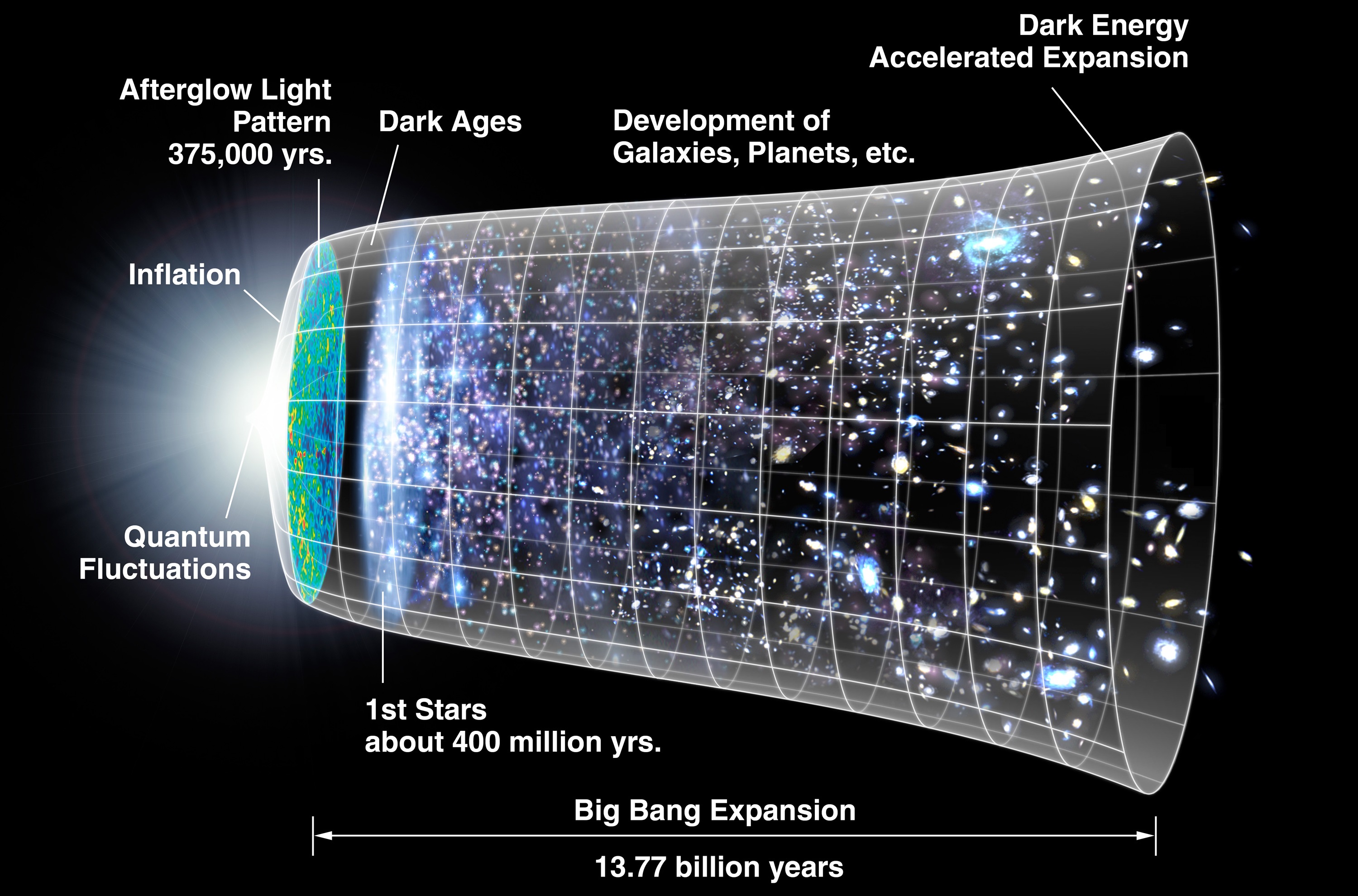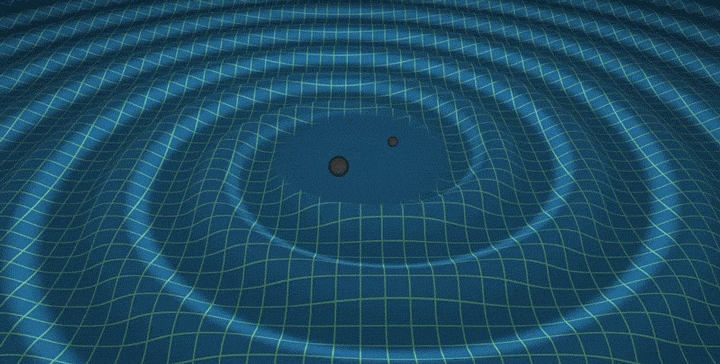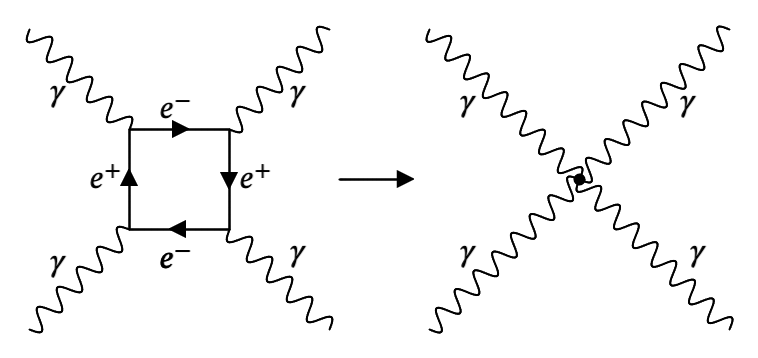My research encompasses various aspects of high-energy physics and gravity, in particular, the intersection among particle physics, quantum field theory, general relativity, and cosmology.
My main scientific goal lies in developing theoretical methods to get insights of fundamental physics within cosmology and gravitational wave phenomenology.
I am currently focused on understanding the symmetries of genuine non-linear perturbations in the simplest models of cosmic inflation and exploring how these connect to observables in the cosmic microwave background (CMB) radiation, the galaxy distribution in the large-scale structure (LSS) of the universe, and the stochastic gravitational wave background (SGWB), as well as their potential impact on the production of primordial black holes (PBHs). I am also working on how fundamental principles such as locality, unitarity, and causality can theoretically constrain our current effective theories of primordial perturbations, allowing us to compare them with cosmological data.

Cosmic Inflation is the leading theory that provides the initial conditions for structure formation in the Universe. It posits that primordial density perturbations were generated as vacuum quantum fluctuations of a scalar field during the early stages of the Universe. These fluctuations were subsequently stretched to cosmological scales by the exponential expansion of spacetime, seeding the temperature anisotropies observed in the Cosmic Microwave Background (CMB) and the matter overdensities in the large-scale structure (LSS).

Gravitational Waves (GWs) are spacetime fluctuations propagating through itself. They are a fundamental prediction of General Relativity and can be seen as radiation emitted by the gravitational field. GWs were first detected in 2015 by LIGO, which observed the radiation from a binary black hole merger. Cosmological sources, such as inflationary vacuum and scalar fluctuations, can also produce GWs. Future interferometers like LISA and the Einstein Telescope aim to detect these primordial signals.

An Effective Field Theory (EFT) is the description of a physical system by separating degrees of freedom based on energy scales. Typically the EFT is a low-energy or infrared (IR) description which may have a high-energy or ultraviolet (UV) completion. Assumptions about the fundamental UV theory impose constraints on IR physics. If the full theory follows quantum field theory (QFT) and relativity—specifically unitarity, analyticity, locality, and Lorentz invariance—the S-Matrix must also be unitary, causal, and analytic.
Publications
- R. Bravo and W. Riquelme, “Imprints of Large-Scale Structures in the Anisotropies of the Cosmological Gravitational Wave Background", [arXiv: 2505.15084]
- R. Bravo and G. A. Palma, “Unifying attractor and non-attractor models of inflation under a single soft theorem", Phys. Rev. D 107, 043524 (2023) [arXiv: 2009.03369]
- R. Bravo, G. A. Palma and S. Riquelme M., “A tip for landscape riders: multi-field Inflation can fulfill the swampland distance conjecture", JCAP 2002, no. 02, 004 (2020) [arXiv: 1906.05772]
- R. Bravo, S. Mooij, G. A. Palma and B. Pradenas, “Vanishing of local non-Gaussianity in canonical single field inflation", JCAP 1805, 025 (2018) [arXiv: 1711.05290]
- R. Bravo, S. Mooij, G. A. Palma and B. Pradenas, “A generalized non-Gaussian consistency relation for single field inflation", JCAP 1805, 024 (2018) [arXiv: 1711.02680]
- R. Bravo and M. S. Plyushchay, “Position-dependent mass, finite-gap systems, and supersymmetry", Phys. Rev. D 93, no. 10, 105023 (2016) [arXiv: 1512.09220]
Research Grants
- "Testing the Primordial Signals of our Universe", FONDECYT Postdoc. Grant number: 3240730. PI: R. Bravo. (2024)
- "Primordial Black Holes: A Window to the Primordial Universe Through Gravitational Waves", Swiss Federal Department of Economic Affairs, Education and Research. Grant number: 2021.0519. PI: R. Bravo. (2021–2023)
Selected Talks
| Talk Title | Event | Institution | Format | Date and Location |
|---|---|---|---|---|
| Imprints of large-scale structures in the anisotropies of the cosmological gravitational wave background [slides ] | COSMO-25 | Carnegie Mellon University | Conference | October 13, 2025, Pittsburgh, PA, United States |
| Anisotropies of the Gravitational Wave Background | GravUC Seminar | Physics Institute, Universidad Católica de Chile | Seminar | May 30, 2025, Santiago, Chile |
| Unveiling the Primordial Signals of our Universe | Physics Department Seminar | Physics Department, Universidad de Santiago de Chile | Seminar | April 09, 2025, Santiago, Chile |
| Testing the Primordial Signals of our Universe | High Energy Physics Seminar | Physics Institute, Universidad Católica de Chile | Seminar | November 27, 2024, Santiago, Chile |
| A new soft theorem for single field inflation | The Part And The Whole: workshop on advanced topics on high-energy physics and gravitation | - | Workshop | January 04–08, 2021 (online) |
| A generalized non-Gaussian consistency relation for single field inflation | Cosmology from Home 2020 | - | Conference | August 24 – September 04, 2020 (online) |
| Non-Gaussianities: from single field inflation to swampland conjectures | Cosmology Seminar | Instituut Lorentz for Theoretical Physics, Universiteit Leiden | Seminar | November 13, 2019, Leiden, Netherlands |
| Position-dependent mass, finite-gap systems and supersymmetry | 7th International Workshop on New Challenges in Quantum Mechanics: Integrability and Supersymmetry | Centro de Ciencias de Benasque Pedro Pascual | Conference | September 01–07, 2019, Benasque, Spain |
| Multi-field inflation overcomes the swampland distance conjecture [slides ] | Inflation and Geometry | Institut d'Astrophysique de Paris | Conference | June 11–13, 2019, Paris, France |
| A generalized non-Gaussian consistency relation for single field inflation | South American Workshop on Cosmology in the LSST era | ICTP-SAIFR | Conference | December 17–21, 2018, São Paulo, Brazil |